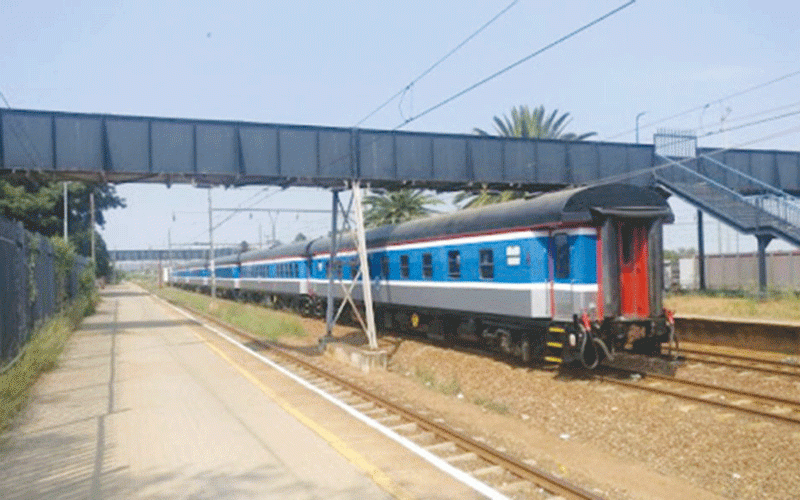
THE Mutapa Investment Fund (MIF) is pushing a lean, scalable revival plan for National Railways of Zimbabwe (NRZ), with chief executive officer John Mangudya insisting that gradual repairs and leases — not massive new purchases — will stabilise the rail operator.
An initial US$7 million to US$10 million outlay for workshops, freight costs, and hired locomotives is key to proving viability before further funding is unlocked, he told the Zimbabwe Independent in an interview.
“In the interim, as a shareholder, we have taken steps to ensure operations continue. We are assisting NRZ by categorising our support into short-term, medium-term, and long-term strategies,” Mangudya said.
“In the short term, we want NRZ to remain operational. This means securing funding to help them repay freight costs, fund wagon repairs in their workshops, and lease locomotives, while repaying for their own locomotives to keep the business running.
“Once we have proof that the concept works, it becomes easier to transition to the medium-term strategy, where we can import fewer locomotives, make improvements, and eventually move to the long-term phase of full leasing.”
The MIF chief said they aim to minimise “large-scale scenarios” where you have all-new equipment, such as locomotives, without sufficient business.
“Instead, we want to implement scalable processes. The short-term goal is to keep NRZ operational and improve efficiency by repairing existing assets, maintaining what is already there, and leasing some locomotives only when necessary to keep the rail operations moving,” he said.
“For example, repairing wagons requires just under US$1 million, I think, to fix wagons in the workshops. To repair the locomotives, you need around US$3 million to US$5 million, and to hire locomotives, you might need a certain amount — maybe US$200 000 to US$300 000 per month.
- Letter to my people: ‘Walking gracefully’: Introducing Dr Amai II
- Mangudya speaks on banks’ stability
- Letter to my people: ‘Walking gracefully’: Introducing Dr Amai II
- Mangudya speaks on banks’ stability
Keep Reading
“All in all, if you start with an amount of around US$7 million to US$10 million, you will be able to get NRZ operating by repairing the wagons, fixing the locomotives, leasing some of them, and increasing the company’s revenue, while also boosting its freight capacity. At least now you know there is a proof of concept, and then you can upscale. That is the shareholder’s perspective.”
The revitalisation of the railway entity is poised to transform the country’s logistics landscape, boosting efficiency across various economic sectors and alleviating pressure on roads.
Mangudya said NRZ has various memorandums of understanding (MOUs) with suppliers of locomotives and wagons, but they require financing.
Bramha Kumar, Indian Ambassador to Zimbabwe, told the Independent that RITES of India entered into a contract arrangement with the national railway entity for the supply of nine locomotives and 315 wagons to be financed through Afreximbank.
A well-developed rail network is crucial for fostering domestic, regional and international trade growth, as it links major production centres and provides vital transportation services for businesses.
Zimbabwe’s strategic rail network, which connects to regional networks along the north-south corridor, is facing significant challenges due to its outdated infrastructure.






